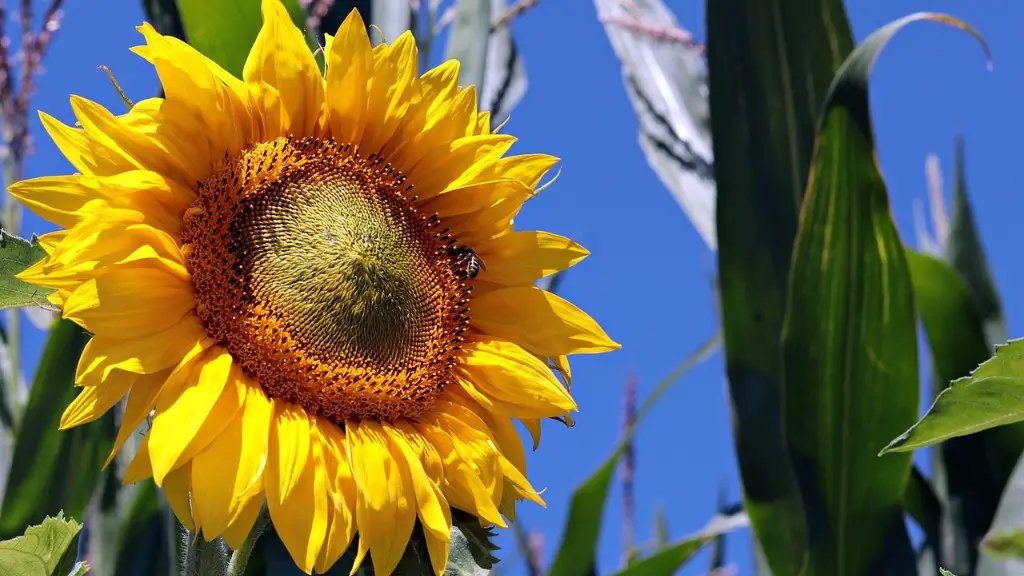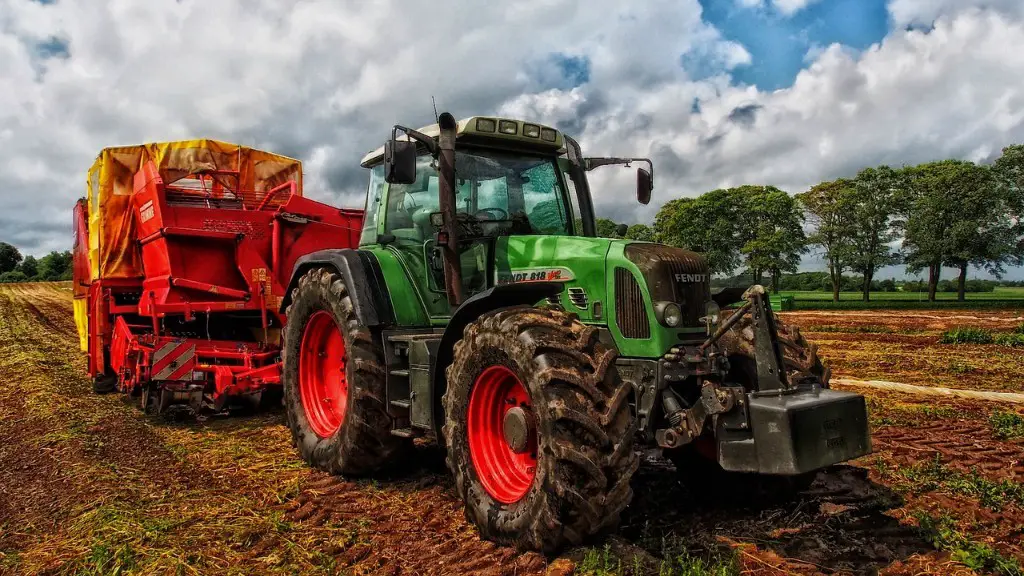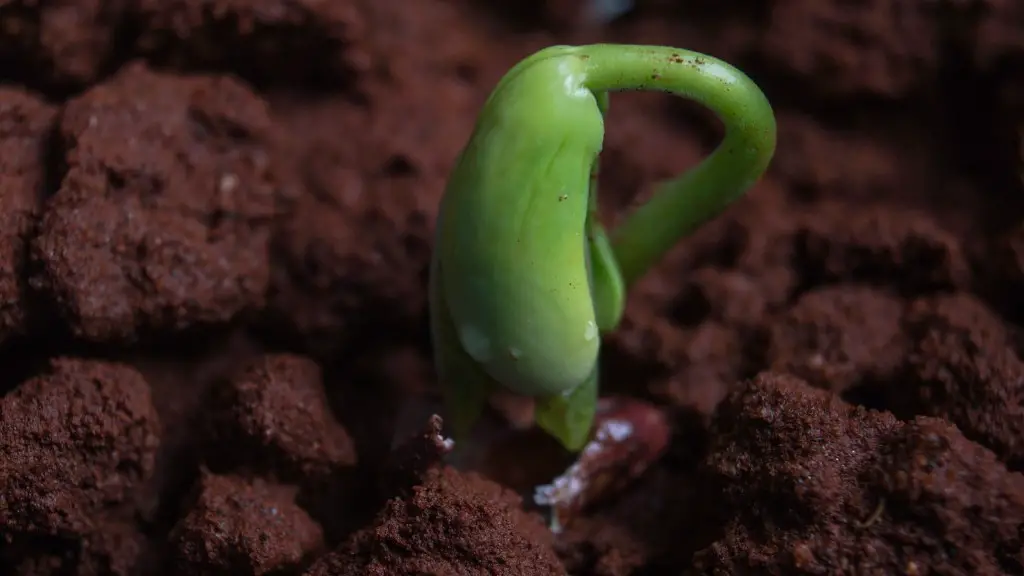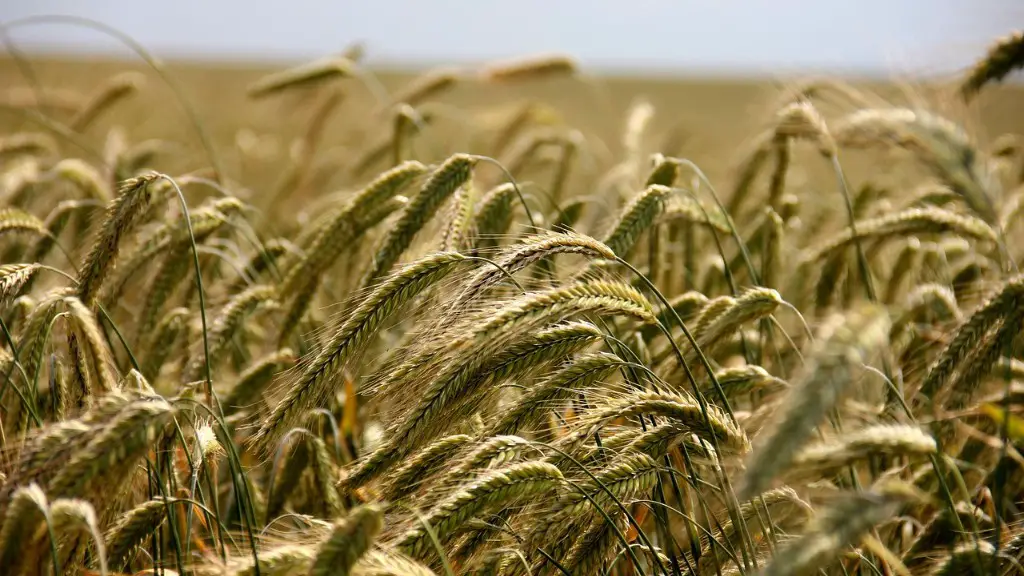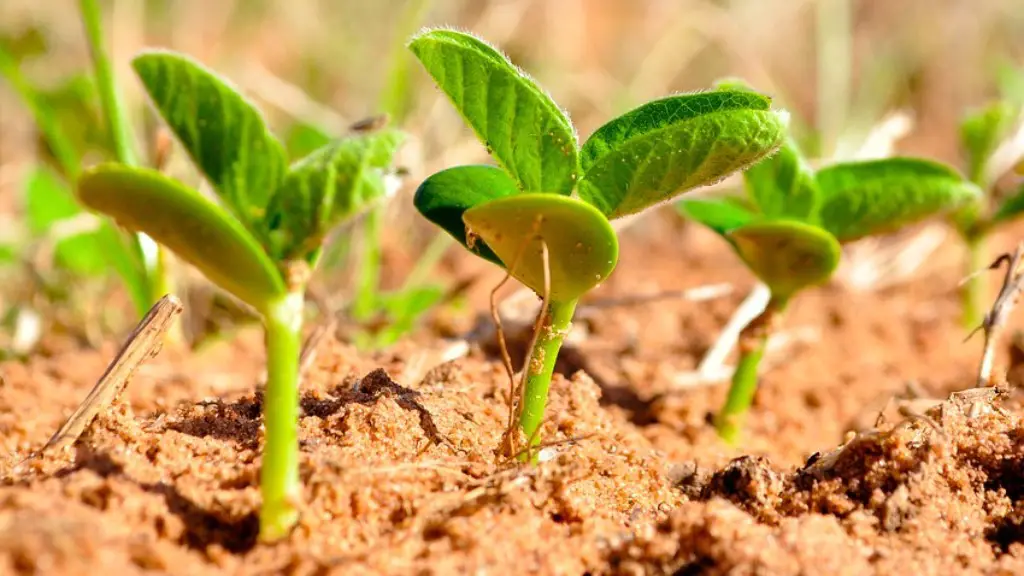Conservation in agriculture is a set of practices and treatments that promote stewardship of the land and its resources. It seeks to sustainably manage natural resources and the environment while improving agricultural productivity and ensuring the economic and social well-being of farmers and their communities. Conservation activity is made up of a variety of practices that vary depending on local conditions. These generally include soil conservation, water conservation, nutrient management, and land-use protection or enhancement. Moreover, conservation can be promoted through agricultural policies, research initiatives on better cultivation practices, and agro-ecological solutions.
Soil conservation aims to reduce erosion, improve soil fertility, and maintain soil health by protecting the soil surface from exposure to wind and water. Conservation tillage and some farming systems, such as no-till farming, help reduce soil disturbance, minimize wind erosion, and improve water infiltration into soils. Cover crops and perennial grasses planted to increase the vegetation on an agricultural field can protect soil from wind and water erosion, enhance soil biology and nutrient-retention, and improve water infiltration.
Apart from erosion, soil compaction is another major issue in agricultural production. A number of practices help limit compaction, such as high-speed planting, reduced tillage, using narrow-track tractors and implementing low-traffic farming. To reduce the soil surface’s exposure to excessive water, and help prevent erosion, farmers can create ponding basins or contour the land.
Water conservation is essential in both irrigated and rain-fed agriculture. Many practices to reduce water consumption are available, such as conservation tillage, mulching, and use of watering systems that apply water only when needed, rather than on a set schedule. Rainwater harvesting technologies, such as terrace cultivation, can help capture and store water far longer than would be possible under natural conditions, and help achieve better yields in dry conditions.
Nutrient management involves selecting and applying fertilizer so as to maintain soil fertility, efficient nutrient use and reduce negative environmental impacts. Farmers can use different management systems such as soil testing, use of rotation crop and cover crops, manure and compost application, and integrated pest management.
Conservation Programs
Conservation programs are also important for improving biodiversity and conserving soils, water and ecosystems. Such programs include conservation agricultural practices, such as diversifying crops, rotation of crops, multiple-cropping, controllingweed and pest populations, using cover crops, implementing green manure management and integrated pest management, developing healthier soils, and utilizing beneficial insects.
Organic farming is another way to promote the health of the environment and it has several advantages. This agronomic approach prohibits the use of synthetic pesticides, herbicides and fertilizers, and instead advocates the use of cultivation practices that aid pest prevention, reduce soil erosion and contamination, and improve soil productivity. Organic farming systems also help conserve water, control soil and water contamination, and reduce energy consumption.
Agricultural research and education are also important tools for better understanding and implementing sustainable management practices. Farmers should have access to research-based information, education, and support in order to help make informed decisions that promote more sustainable production and land use.
Agroecosystem Analysis
Agroecosystem analysis is a key aspect in assessing the performance of agricultural systems, taking into account environmental, ecological and socioeconomic factors. Agroecologists use agroecosystem analysis to gain insights for more effective design, management, and monitoring of conservation practices. In particular, agronomists, eco-toxicologists, hydrologists and other scientists use agroecosystem analyses to better understand how different management practices impact soil quality, surface and subsurface water hydrology, soil erosion, and biotic diversity.
Biodiversity Conservation
Biodiversity conservation also has multiple components. Farmers need to conserve biological diversity within agricultural landscapes, crops, livestock, fisheries and forests. Examples of conservation strategies include conservation strips, crop rotation, and diversification of crop varieties. Biodiversity can be managed to prevent the spread of pests, reduce competition for resources, reduce soil erosion, and create habitats for beneficial organisms.
Organic matter and carbon sequestration are also important tools for conservation. Organic matter helps to build healthy soils, and carbon sequestration in soils can help farmers reduce their environmental footprint and increase their economic productivity. The use of cover crops, mulches and other techniques can help sequester carbon, increase soil fertility and improve agroecosystem health.
The development of improved conservation practices is an ongoing process that involves both iteration and innovation. ImprovedAgricultural practices, more efficient farming systems, and better technology in general can help farmers enhance their stewardship ofland resources and strengthen their businesses.
Social Aspects of Conservation
The social aspect of conservation is also important. Farmers, researchers, and policy makers need to make sure that conservation practices do not disproportionally affect certain members of the rural population. Conservation strategies should be adopted in a way that local communities benefit from the adoption and implementation of such practices.
Government policies are also important for promoting conservation. Farmers should have access to financial support and technical assistance as they transition to more sustainable agricultural production systems. A well-designed set of incentives can help farmers recognize the long-term financial and environmental benefits of conservation.
Monitoring and Evaluation
Monitoring and evaluation are indispensable components of conservation assessments. Assessments of conservation strategies should focus not only on results, but also on the process of implementing and assessing them. Monitoring and evaluation can help farmers, educators and policy makers improve upon existing conservation strategies and ensure that they generate benefits over the long-term.
Conservation in agriculture is an essential part of managing the environment sustainably, while still benefiting from increased crop yields and improved economic outcomes. Conservation strategies vary from region to region, and improvements in conservation practices require an understanding of the specific needs, opportunities and constraints of a particular locale. Nevertheless, successful conservation efforts require co-operation between farmers, researchers, policy makers, and community members.
